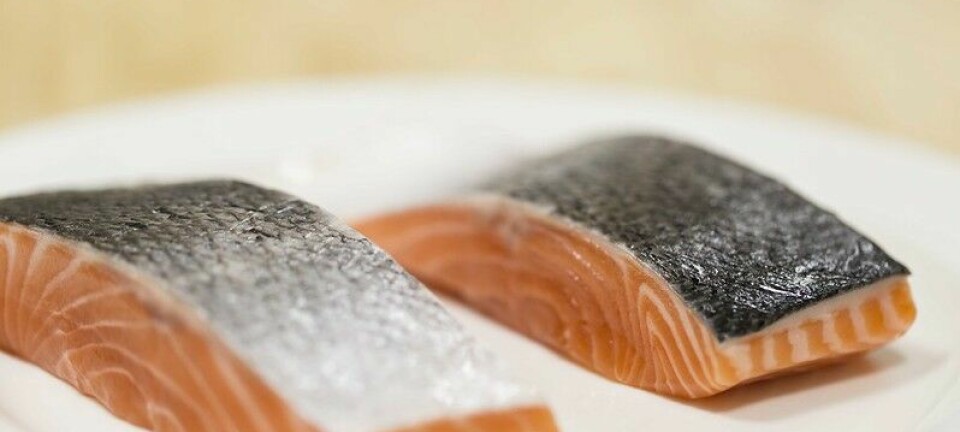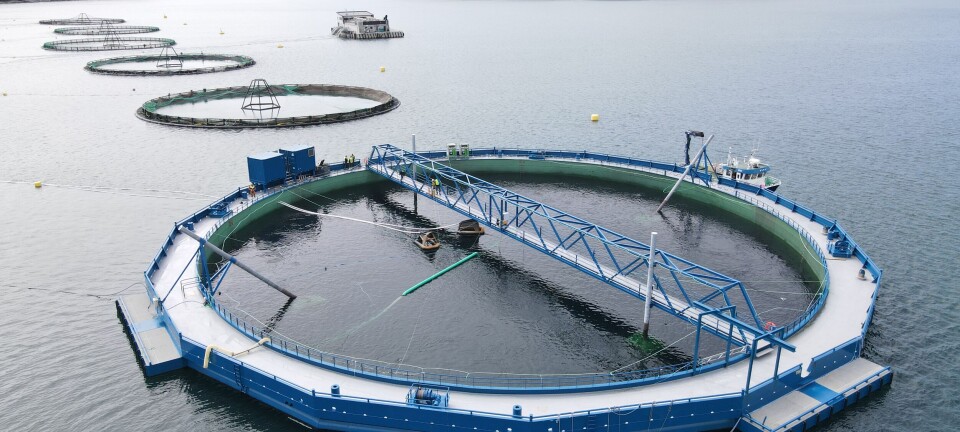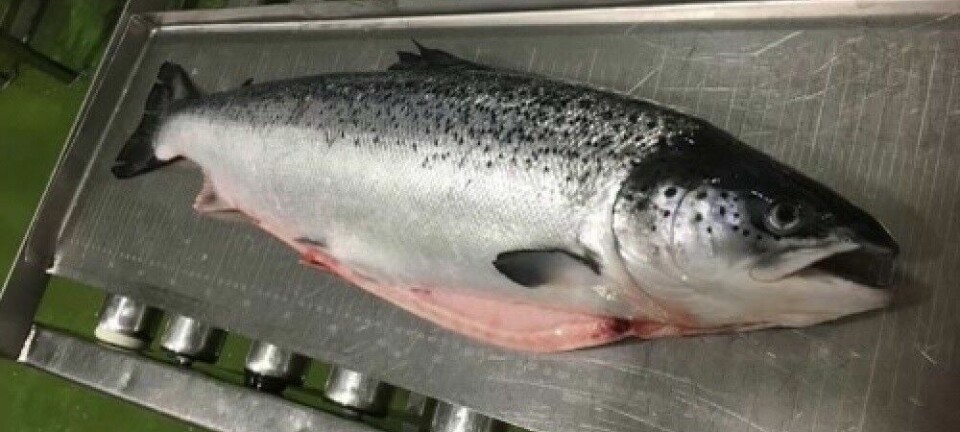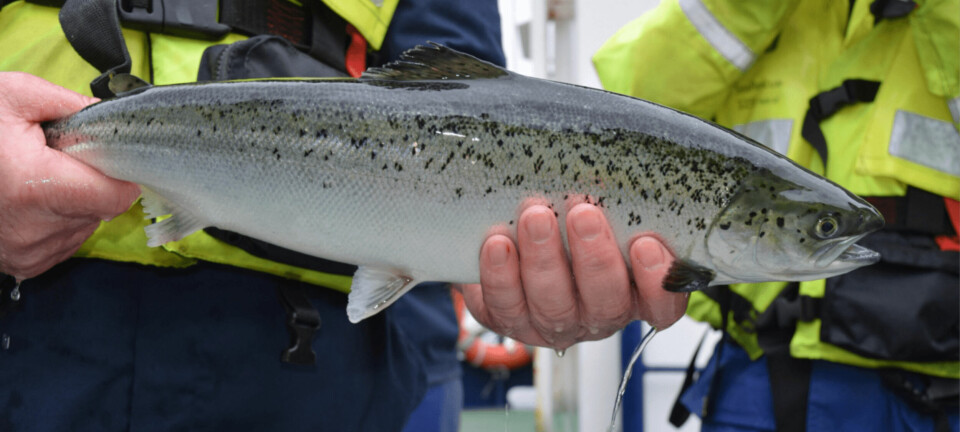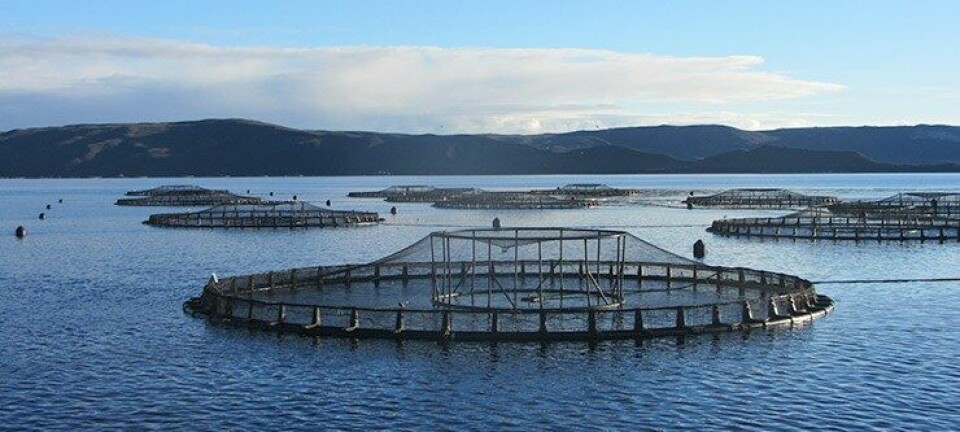Fish waste can be used as a sustainable, organic fertilizer
Odd Grydeland
Tina Hull specializes in making small farms profitable and is a recognized authority in organic fertilizer, according to the following article in the Commodity Futures Trader. And while the fish processing industry is looking for ways of utilizing the inedible waste from their plants for ever higher purposes, some material may be best suited for the production of agricultural fertilizer- liquid, fish emulsion organic fertilizer.Fish emulsion is a type of organic liquid fertilizer made from fish waste. While fish emulsion can be produced from many different types of fish (including wild caught salmon (and farmed salmon waste- ed. note)), a small fish called Menhaden is the most common source of this liquid fertilizer. An oily, bony fish with little edible meat, Menhaden comes from the Atlantic Ocean and Caribbean Sea.How are liquid organic fertilizers made? The fish is steam-heated and then transferred to a large pressing equipment where the liquids and precious fish oil is rendered. All the solid substances are made into animal feed, while the oil is further refined into fish oil. As for the remaining liquids, it is simmered until it is transformed into a thickened fish emulsion. To prevent decay and gas fermentation, a minute quantity of phosphoric acid is mixed with the fish emulsion. However, this mixture is still considered organic since the preservative is below 1%.Since there is a wide range of fish emulsion fertilizers and blends in the market, the exact percentages of nutrients vary. Phosphorus (P) and Potassium (K) each make up about 2% of the typical organic fish emulsion, while Nitrogen is higher at 5%. Micronutrients are also present in liquid fish emulsions. Some organic farmers and gardeners that can easily and cheaply source for fish parts, find it practical to produce their own homemade fish emulsions. It is quite a dirty job but these farmers are not adverse to such tasks, which are generally part of organic farming.Fish emulsions stand out from the other natural- based fertilizers because of its speedy delivery of nutrients to plants. This makes them a great assistant for farmers and gardeners during seed planting and transplanting. Fish emulsions first need to be mixed with water before it can be applied on the soil or sprayed to the plant leaves. Fish emulsion is a fairly mild liquid fertilizer, but it can burn if applied too strong, so it’s important to follow mixing directions. It has a definite fishy odor, but the odor goes away in a day or two after application. Some manufacturers add a deodorizer to their products. Fish emulsion must be used when it’s mixed; it can’t be stored after it is diluted. By the way, the undiluted liquid must be stored at room temperature because it degrades if it gets too hot.
Once again, we need to repeat that organic growers need not worry that fish emulsion fertilizer is depleting our oceans of the important Menhaden fish or other fish that people need for food. Fish emulsion if primarily made from fish waste of the established animal feed and fish oil industries, which would have been dumped in landfills if not used. The organic label in fish emulsion fertilizers not only means natural, it also means environmentally safe.



